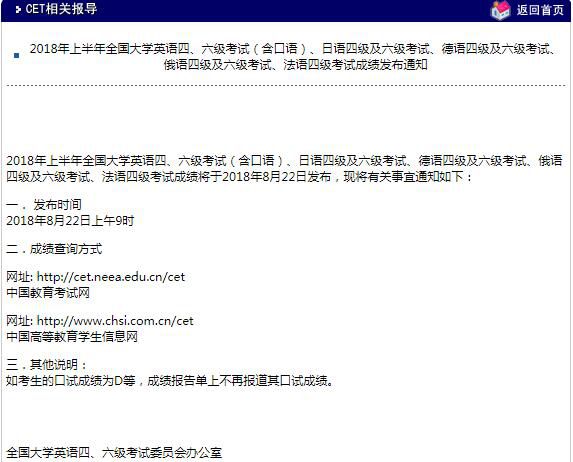|
Two divergent definitions have dominated sociologists' discussions of the nature of ethnicity. The first emphasizes the primordial and unchanging character of ethnicity. In this view, people have an essential need for belonging that (5) is satisfied by membership in groups based on shared ancestry and culture. A different conception of ethnicity de-emphasizes the cultural component and defines ethnic groups as interest groups. In this view, ethnicity serves as a way of mobilizing a certain population behind issues (10) relating to its economic position. While both of these definitions are useful, neither fully captures the dynamic and changing aspects of ethnicity in the United States. Rather, ethnicity is more satisfactorily conceived of as a process in which preexisting communal bonds and common (15) cultural attributes are adapted for instrumental purposes according to changing real-life situations.
One example of this process is the rise of participation by Native American people in the broader United States political system since the Civil Rights movement of the (20)1960's. Besides leading Native Americans to participate more actively in politics (the number of Native American legislative officeholders more than doubled), this movement also evoked increased interest in tribal history and traditional culture. Cultural and instrumental components of (25 )ethnicity are not mutually exclusive, but rather reinforce one another.
1. Which of the following best states the main idea of the passage?
(A) In their definitions of the nature of ethnicity, sociologists have underestimated the power of the primordial human need to belong.
(B) Ethnicity is best defined as a dynamic process that combines cultural components with shared political and economic interests.
(C) In the United States in the twentieth century, ethnic groups have begun to organize in order to further their political and economic interests.
(D) Ethnicity in the United States has been significantly changed by the Civil Rights movement.
(E) The two definitions of ethnicity that have dominated sociologists discussions are incompatible and should be replaced by an entirely new approach.
2. Which is the following statements about the first two definitions of ethnicity discussed in the first paragraph is supported by the passage?
(A) One is supported primarily by sociologists, and the other is favored by members of ethnic groups.
(B) One emphasizes the political aspects of ethnicity, and the other focuses on the economic aspects.
(C) One is the result of analysis of United States populations, and the other is the result of analysis of European populations.
(D) One focuses more on the ancestral components of ethnicity than does the other.
(E) One focuses more on immigrant groups than does the other.
3. The author of the passage refers to Native American people in the second paragraph in order to provide an example of
(A) the ability of membership in groups based on shared ancestry and culture to satisfy an essential human need.
(B) how ethnic feelings have both motivated and been strengthened by political activity
(C) how the Civil Rights movement can help promote solidarity among United States ethnic groups
(D) how participation in the political system has helped to improve a group's economic situation
(E) the benefits gained from renewed study of ethnic history and culture 4. The passage supports which of the following statements about the Mexican American co+munity?
(A) In the 1960's the Mexican American community began to incorporate the customs of another ethnic group in the United States into the observation of its own ethnic holidays.
(B) In the 1960's Mexican American community groups promoted ethnic solidarity primarily in order to effect economic change
(C) In the 1960's leader of the Mexican American community concentrated their efforts on promoting a renaissance of ethnic history and culture
(D) In the 1960's members of the Mexican American community were becoming increasingly concerned about the issue of voting rights.
(E) In the 1960's the Mexican American community had greater success in mobilizing constituents than did other ethnic groups in the United States.
5. Which of the following types of ethnic cultural expression is discussed in the passage?
(A) The retelling of traditional narratives
(B) The wearing of traditional clothing
(C) The playing of traditional music
(D) The celebration of traditional holidays
(E) The preparation of traditional cuisine
6. Information in the passage supports which of the following statements about many European ethnic groups in the nineteenth-century United States?
(A) They emphasized economic interests as a way of mobilizing constituents behind certain issues.
(B) They conceived of their own ethnicity as being primordial in nature.
(C) They created cultural traditions that fused United States symbols with those of their countries of origin.
(D) They de-emphasized the cultural components of their communities in favor of political interests.
(E) They organized formal community groups designed to promote a renaissance of ethnic history and culture.
7. The passage suggests that in 1968 Henry Cisneros most likely believed that
(A) many Mexican American would respond positively to the example of Benito Juarez.
(B) many Mexican American were insufficiently educated in Mexican history
(C) the fight for civil fights in the United States had many strong parallels in both Mexican and rish history.
(D) the quickest way of organizing community-based groups was to emulate the tactics of Benito Juarez
(E) Mexican Americans should emulate the strategies of Native American political leaders | 







